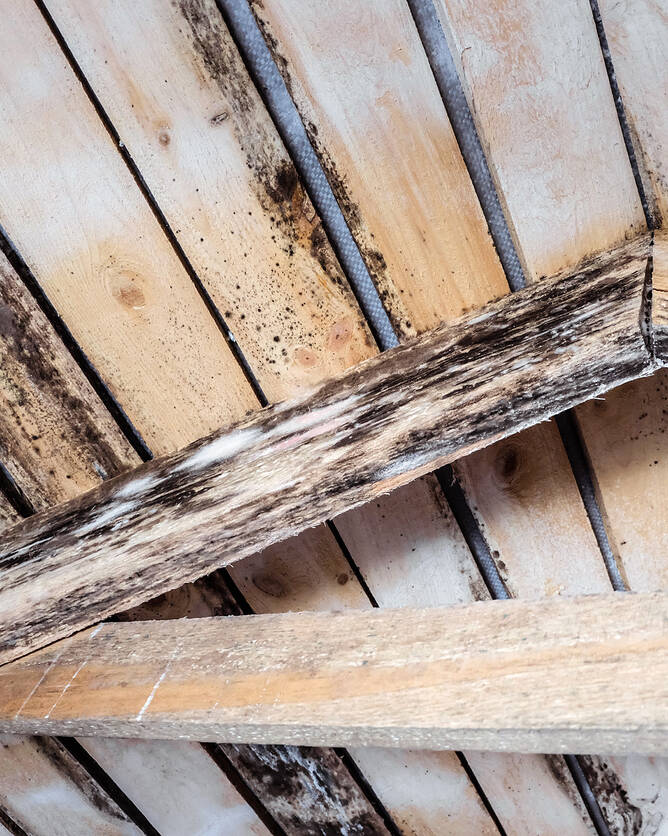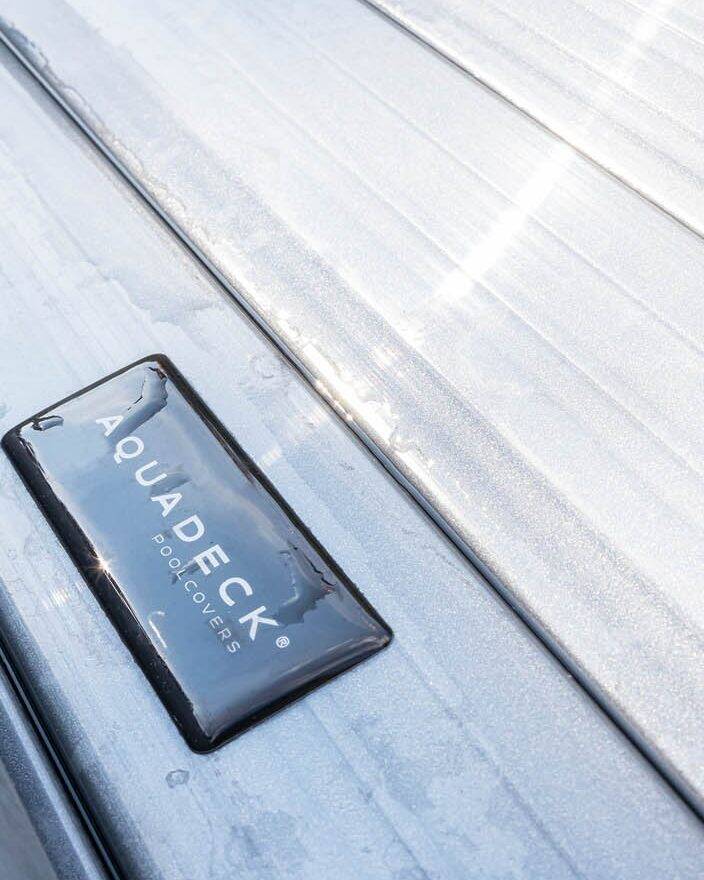

Guide To The Construction Of The Pool Hall Environment
The following factors must be considered as part of the overall heating and environmental control design for an indoor swimming pool.
Pool Water Temperature
The pool water requires to be heated to an acceptable temperature. Within a typical indoor pool, the pool water is normally heated to a temperature between 26°C/79°F and 31°C/88°F.
The vast majority of the heat loss from the pool water is through evaporation from the pool surface into the pool enclosure air.
Pool Enclosure Air Temperature
The pool enclosure air requires to be heated to an acceptable temperature.
Ideally, in order to limit heat loss and evaporation from the pool water surface, the pool enclosure temperature should be maintained slightly higher than that of the pool water. For example, if the pool water temperature is 27°C. the pool hall air temperature should be maintained at 29C.
It should be noted that although such high air temperatures provide a pleasant environment for suitably attired bathers for whom wetted skin enhances the chilling effect on the body, such conditions may prove uncomfortably warm for other activities and for fully clothed spectators.
Pool Enclosure Humidity
What is Humidity?
The water evaporated from the pool surface is present an the pool enclosure air in the form of humidity.
This moisture laded humid air also contains the majority of the heat lost from the pool water and therefore is rich in energy. This energy is referred to as latent heat.
The amount of humidity is expressed as % Relative Humidity or % R.H. The amount of moisture which the air can support before condensation starts to take place is relative to the temperature of the air. The cooler the air, the less moisture is supported and therefore the rate of condensation will be increased.
How Is The Humidity Level Controlled?
If the pool humidity level is not limited, then heavy condensation will occur on the pool enclosure structure, leading to rapid deterioration of the decor and possible eventual structural failure.
To prevent this a method of 'dehumidification' must be employed.
In the past fuel costs were comparatively cheap and therefore it was possible to simply extract the humid energy laden pool air to outside, whilst replacing it with cooler fresh air which required rapid heating to an acceptable temperature.

Given present fuel costs, such a wasteful approach would understandably prove prohibitively expensive to operate.
Modern systems therefore utilise methods of energy recovery, primary using refridgeration technology to condense out excess humidity without the need to throw away' the warm pool air. Such systems also enjoy the ability to reclaim the latent heat contained within the humid pool air back to either the air or pool water.
What is the ideal humidity level?
Within a typical indoor pool, the humidity would be controlled at around 60-65% R.H., which would provide pleasant conditions for bathers and minimal condensation on the pool enclosure structure. If the relative humidity is reduced further, then the rate of evaporation. and therefore the heat loss. from the pool water is unnecessarily increased together with the requirement for dehumidification.
How does a 'Pool Surface Cover' work?
Savings on operating costs are often possible through the use of a pool surface cover. Such a cover primarily acts to 'seal off the pool surface, reducing evaporation and heat loss to an absolute minimum.
When a pool surface cover is in place, the pool air can then be allowed to fall to a temperature below that of the pool water without any adverse effects. This is referred to as the 'set back air temperature'.
Prior to the pool cover being removed, the pool hall air temperature should first be restored to the normal level.
A pool cover can provide the following energy saving benefits:
When a pool surface cover is in place, the heat loss through convection and evaporation from the pool water is reduced and, as a result, less pool water heating is necessary.
As the pool air can be maintained at a lower temperature when a pool cover is in place, less air heating is necessary.
In reducing evaporation from the pool surface, the amount of dehumidification necessary is also reduced.

Factors Affecting Heat Loss & Humidity
The following factors affect the rate of evaporation and heat loss from the pool water surface and subsequently the humidity within the pool enclosure air:
- Surface area of the pool and other water features.
- Pool water temperature in relation to the enclosure air temperature.
- Swimming activity within the pool.
- Wetted pool surround resulting from swimming activity.
- Humidity level of the pool enclosure
- Air movement across the pool surface.
- Use of a pool surface cover.
The following factors affect the rate of heat loss from the pool enclosure air
- Structural / fabric heat loss from enclosure.
- Amount of fresh air ventilation.
The heat loss from the pool enclosure structure is calculated using the probable temperature difference between the outside ambient air temperature and the internal pool enclosure air temperature and the thermal insulation property of the various parts of the pool enclosure.
For example the insulation value of a typical roof would be expressed as 0.35 Watts per m2 of roof per °C of inside/outside temperature differential. This is referred to as the 'U-Value'.
Fresh Air Requirements
The majority of modern heat recovery systems primarily 're-circulate' the pool enclosure air. The amount of fresh air which is required to be deliberately introduced varies depending upon the nature of the application:
A small lightly used domestic pool using pool surface cover will require only minimal fresh air ventilation.
A large commercial pool with high levels of usage will require a much higher rate of fresh air ventilation.
Air Distribution Methods
The heating and environmental control unit would normally be located in the plant room. Therefore the heated/conditioned air supplied by the environmental control unit is ideally distributed around the pool hall using a dusting channel.
Ducting Channel Design Considerations
The ducting channel should be designed to ensure:
- The air is discharged via grilles directly onto areas prone to condensation, such as glazing.
- There are no dead areas of the pool hall not covered.
- That the air flow velocity across the pool surface is low.
- That operational noise transfer is reduced to a minimum.

Where should the ducting channel be located?
A ducting channel positioned at low level or under the pool hall floor is the most effective approach as the warm air can then naturally convect up over the glazing.
An overhead ducting channel can be used, although the air discharge velocity from the duct has to be considerably greater to achieve the same air distribution down over the glass.
If either of the above methods are not feasible, due to physical restrictions or budget limitations. then simple wall grilles from the plant room can be used.
The limitations of such a distribution method will be apparent through uneven temperatures and humidity levels in some areas of the pool hall. Increased levels of condensation can be expected on glazed surfaces and the operational noise transfer into the pool hall will also be greater.
Installation Notes - Under Floor Ducting
If under-floor ducting is to be used, the following should be noted:
- Under floor ducting should not be used if ground water drainage problems are found to exist on site or a high water table is present.
- The pool shell should be positioned to allow sufficient space for the under floor air ducting.
- The air ducting should be located as close to the walls / glazing as possible.
- Care should be taken to ensure that the path of the ducting will not be obstructed by foundations, drains, pipes etc.
- A water drainage point should be provided from the under floor duct to prevent the possibility of flooding.
Installation Notes - Overhead Ducting
If overhead ducting is used then care should be taken to ensure that the ducting is fully insulated if positioned within a cold roof space. The ducting should be completely airtight.
Installation Notes - Non Ducted Systems
If, for instance on an existing project, a proper environmental control system cannot be accommodated and the use of separate heating and dehumidification equipment is necessary, the following should be noted:
- Standard domestic radiators should not be used as their pattern of heat convection from low level is not beneficial for an indoor pool. In addition, when considering that the pool hall floor may be wet and slippery, they also represent a potential safety hazard.
- Warm air blowers are preferable and are far more suitable for the application. Equally a warm air heating coil can be incorporated within the dehumidifier.
- The positioning of any dehumidification equipment is not as important as achieving even heating and air temperatures throughout the pool hall.
- Care should be taken to ensure that the intended positioning of a dehumidifier or warm air blower does not contravene current electrical regulations.
CONTINUE READING
Continue this guide by reading our Structural Design Guidelines For Indoor Pools here.
